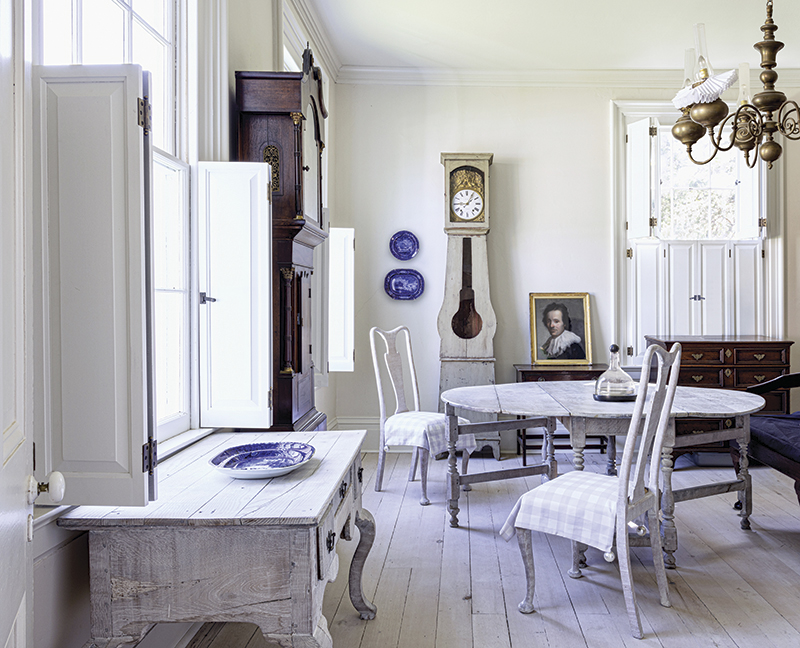
Interior designer Kelee Katillac clearly remembers the decorator from Ethan Allen coming to help her mother decorate their family home.
“That started my love of yellow and orange,” she says.
An organic creative, she began sewing and painting in college, which led to an interest in art and art history. Eventually, she understood that creating her environment brought her energy.
“I began to really research and understand that the further away from creativity we are, the more depleted, alone, and helpless we feel. I put together my own life experience of becoming happy and fulfilled through creative work in my home and realizing it’s the first step of creative manifestation for all of us.”

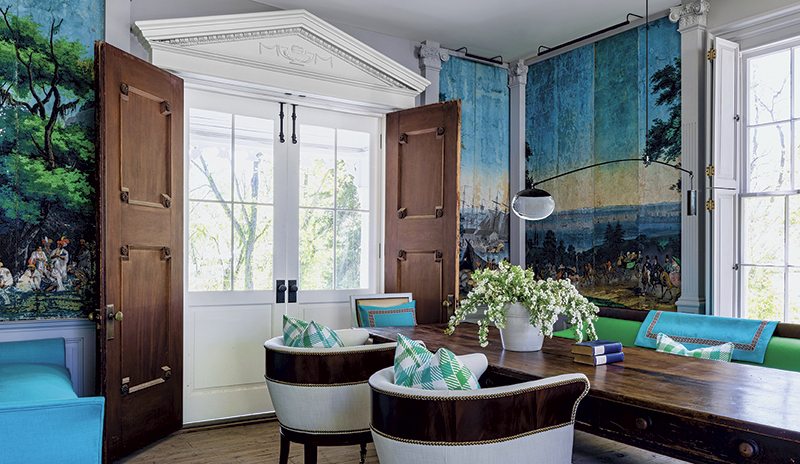
Following a “vision quest” through the American Southwest, Katillac and her husband, Steve Heiffus, decided on a move to Arrow Rock, Missouri. Fortuitously, a contract on Aderton House, which was built in 1845, had fallen through, and the couple decided to make it their own.
“We are so fortunate that the state of Missouri is booming and being redeveloped in terms of heritage tourism. Arrow Rock is the beginning of the Santa Fe Trail, so we wanted to save this legacy property. That launched a ten-year odyssey of becoming a 360-degree company that offers architecture redesign in harmony with the National Park Service Standards for history preservation,” Katillac says of their company, Heartland Historic Homes.
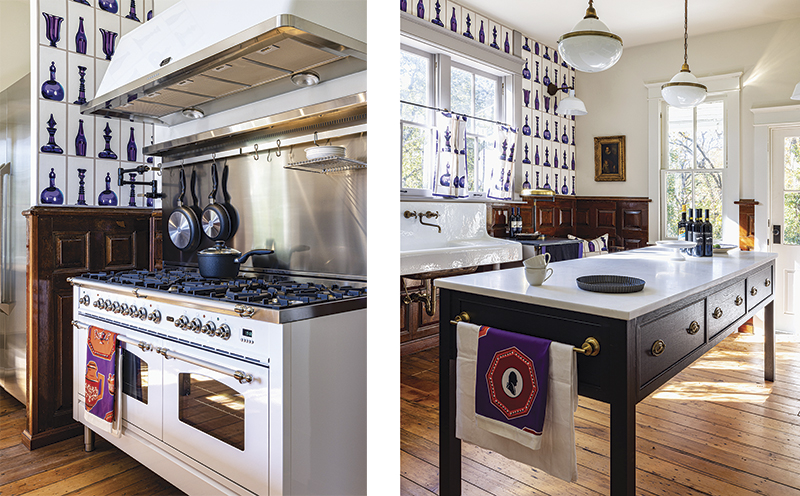
The existing structure of the house was already a good framework for her vision. The two ornate porches on the front had been removed, leaving a very classic facade. The interior rooms maintained the original layout—no ceilings had been dropped, and the remarkable original glass remained in the windows—which Katillac was committed to maintaining.
“The Dutch masters’ light is the glory of the house,” she says. “We wanted to hold onto the restraint of the original Dutch colonial influence existing in that room, including the Dutch bronze chandeliers.”

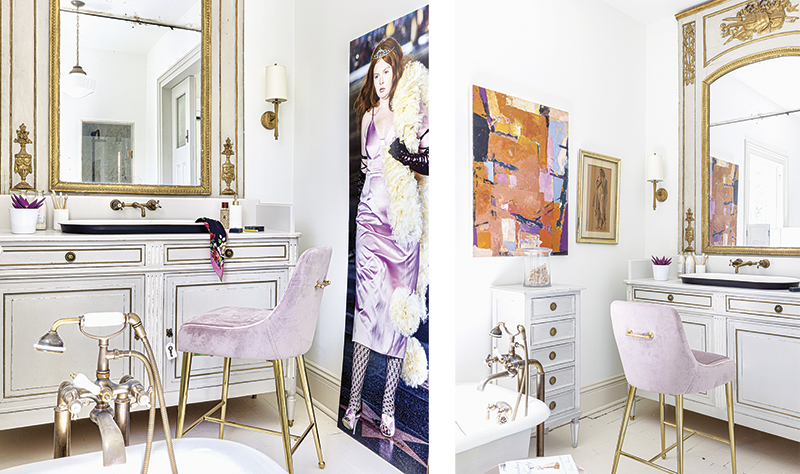
While the architectural review applies only to the exterior of the house, Katillac maintained the plaster walls, the existing floors, and millwork. Her treatment of the east drawing room is classic and subdued, with dashes of blue-and-white pottery. But in the main hall, her inspiration of designer Alessandro Michele, former creative director of Gucci, and his iconic Love Parade fashion show begins to be felt in the photograph of the model by the stairs.
“When I saw the Gucci Love Parade show, and this wonderful joining of fashion and art concept that reflects our desire to express something beyond the old memes and the old semiotics of fashion and history, that we’re creating something new, it really struck me. It was almost like a church of fashion for me,” Katillac says.
She was so compelled by these images that she licensed and acquired some of the photographs. “It was a way for me to live with an idea that I cherish.”

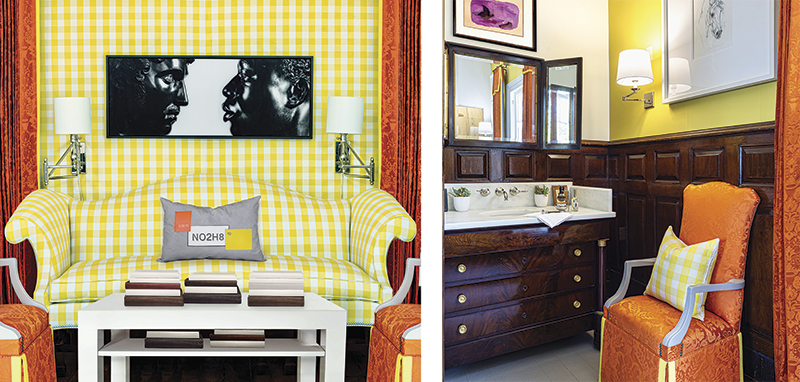
The vibrant “Dolly Madison” fabric and wallpaper that Katillac designed was inspired by the healing expression of color, particularly in relation to gemstones. “It’s also an homage to Dolly Madison, women who had no agency at the time, and their descendants as a celebration, acknowledgment, and attribution.”
The white walls of the upper floor of the house enhance the presence of beloved objects the couple has collected: the painting of the by famous Navajo artist R.C. Gorman, a work by English equestrian artist Lydia Kiernan, and New Mexico artist Doug Candelaria’s work happily co-exist with a photograph from the Gucci Love Parade fashion show.
Katillac sees the combination of old and new, including the reimagining of traditional patterns and designs, as a way to move historic style forward.
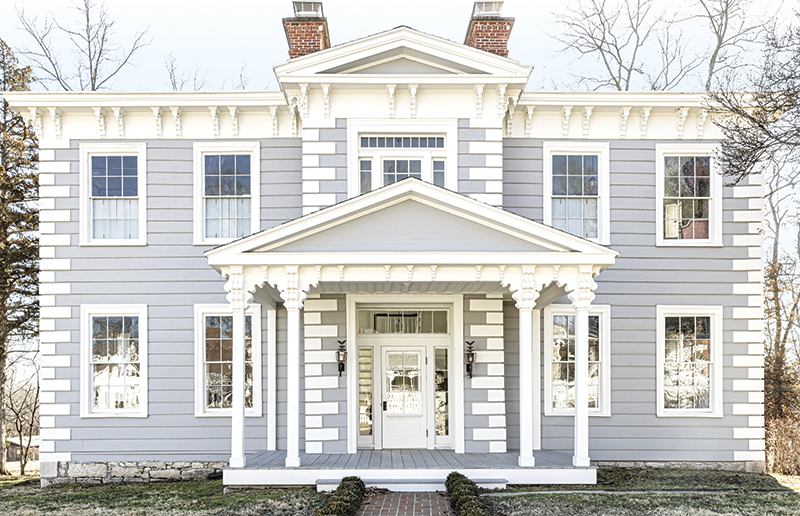
“The future of historic style is taking what serves and incorporating it into the history of our own story, then leaving behind that which no longer is relevant. When we change a color, when we take something that looks like it’s gone and beyond hope and physically alter it in the restoration of a house, it reinforces the fact that we can do that for our lives. Connection to the past leads to personal connection—and home.”
Katillac’s new book, Historic Style, is available on Amazon. The book features Aderton House and several other of her company’s projects, including the Henry Blosser House, a 19th-century estate on the National Register of Historic Places.
The It List
Design & Restoration
Heartland Historic Homes
Wallcoverings
Adelphi Paper Hangings


